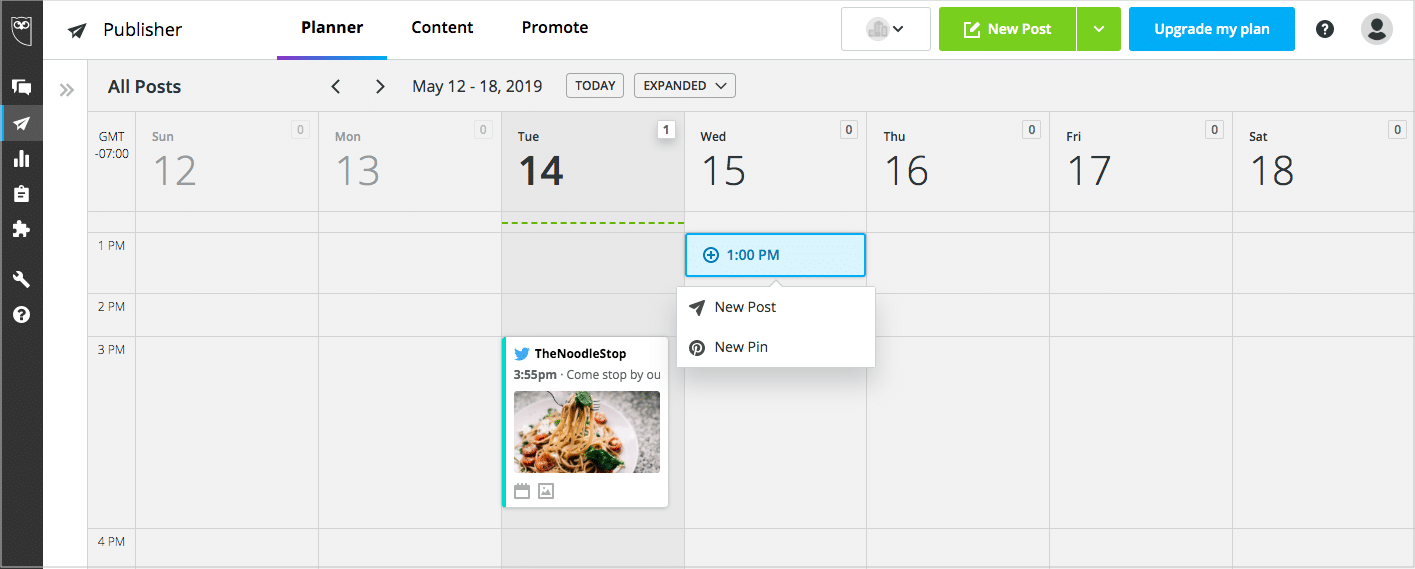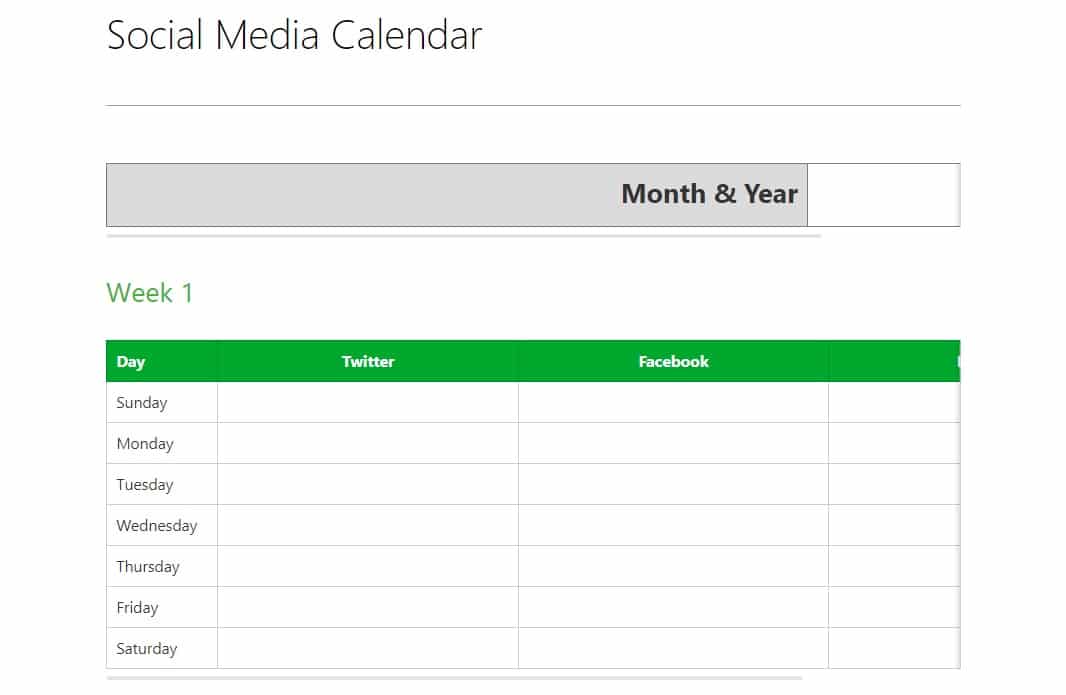As part of your wider marketing campaign, you have identified advertising on social media as one of your key strategies. Increasingly, successful companies are building social media advertising calendars as part of an automated process to help increase the impact and efficiency of their social media marketing approach.
So never again miss an important date in the calendar, stay consistent with your publishing, and use a nice variation of content, all as part of a wider marketing strategy. Here’s how you, too, can achieve this:
Set objectives
Always the first step. What do you want to achieve from your social media marketing campaigns? Are you looking to see, or just increase engagement? What you want to achieve will ultimately inform all other steps on this list, so it’s best that you set these objectives first, and set them so they fit practically with your overall social media and marketing approach. All stakeholders need to be involved for that very reason.
Establish your audience
This is the next step because understanding your target audience in detail, including their behaviours, will inform the social media platforms you will want to use, and the type of content you want to create.
“Different audiences engage differently and through different platforms, where and how does yours engage? This is key to everything you do, as get it wrong and you are wasting your time,” warns Robbie Bertram, a social media marketer at Writinity and Last Minute Writing.
Establish a budget
A critical part of the jigsaw, obviously. Your budget will dictate what you can do on social media (if you want to use Facebook Ads, for example, you’ll need a little more), but always be aware that plenty can be achieved even if your budget is non-existent.
What’s your posting frequency?
An obvious point. Research suggests that twice a day is about optimum, but this can obviously increase or decrease depending on what’s going on. If there is a national day which relates directly to your brand or product, you might want to bump the number of posts up slightly to increase exposure. Everything is possible with the right tool.
Establish your content
The essential consideration here is to keep your content diverse, meaning use a combination of text, videos, images, competitions, podcasts, shares or whatever else you can use to keep your content eclectic and engaging.
“Seeing your content laid out bare on the calendar will really enable you to see if you have successfully varied your content effectively, and if you are posting in a logical and relevant manner,” says Sheila Manfred, a blogger at Draft Beyond and ResearchPapersUK.
Identify the right software
As always, there are plenty of software solutions out there which can assist you in developing and executing your social media advertising calendar – you just need to decide which one suits your organization best.
Hootsuite has one of the best options in Hootsuite Planner, which is provided in the Hootsuite Dashboard. Not only can you create posts here, but you can input your calendar, manage and view it effectively. It can also dovetail nicely with additional software that you are using.
Google Drive is a simple and free option for the most basic functions, as a Google Sheet would provide the functionality that most smaller organizations would need.
Evernote have an option in the form of their note-taking app which provides a host of useful templates which can be built upon.
Finally, Trello’s app enables any number of tasks to be planned and executed, from social media calendars to production processes.
It’s always just a case of conducting basic research to find out which tool can deliver best to your needs, but in order to do that, you need to complete the previous steps on this list first, and most importantly set your objectives so the tool can suit these.
Construct your calendar
With all of these things now comfortably in place, simply build your calendar by inserting what you want released and when. Automation software takes care of it for you. You can set weekly, monthly, quarterly or even yearly schedules, and of course tweak them as necessary. But then it’s done – a central tenet of your marketing strategy is in place and can now be rolled out automatically, leaving you free to concentrate on the multitude of other tasks that your daily schedule involves.
One last point here, make sure you create clear and well-communicated processes in terms of building your calendar, especially involving who has what responsibility Ideally it will be a collaborative effort spanning multiple teams, but an efficient process must be established first to ensure there is no duplication of work, or cross-wires.










